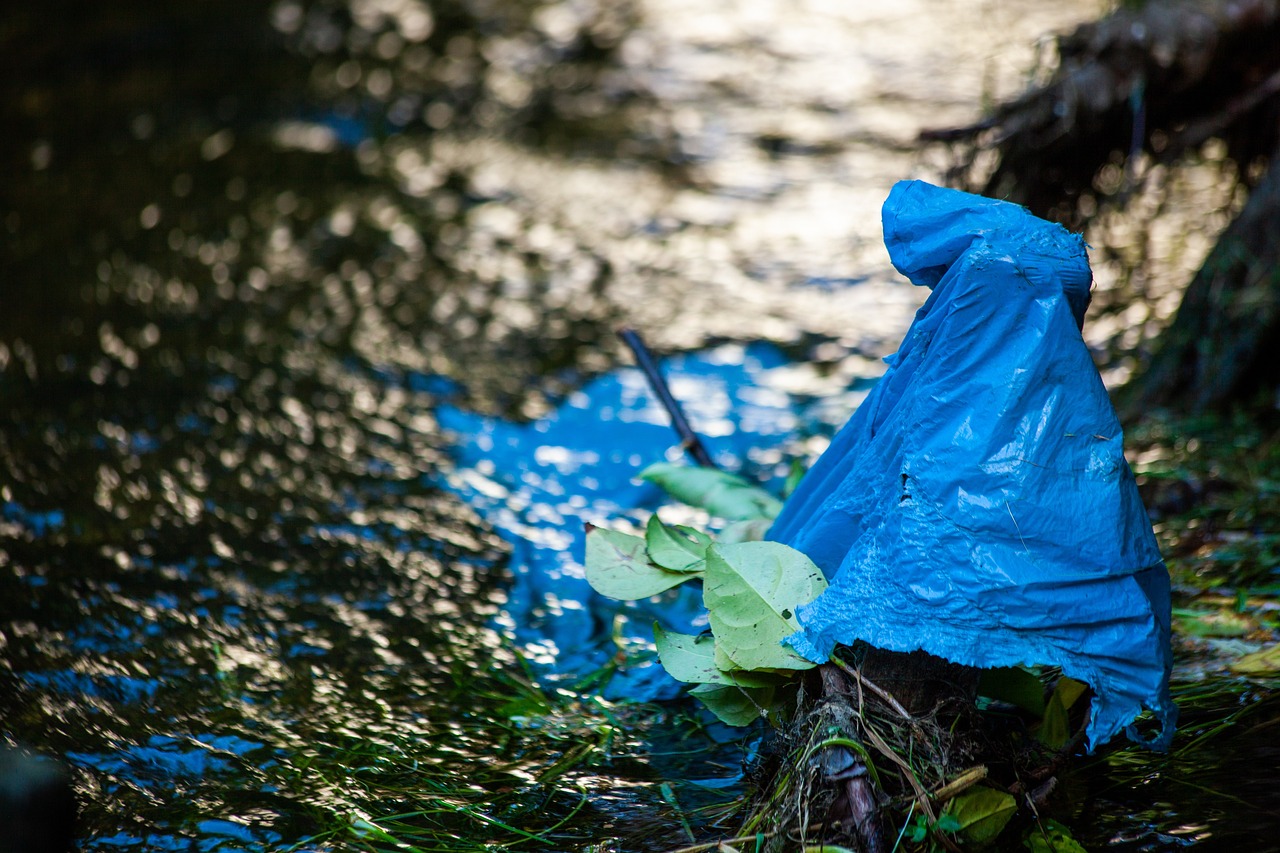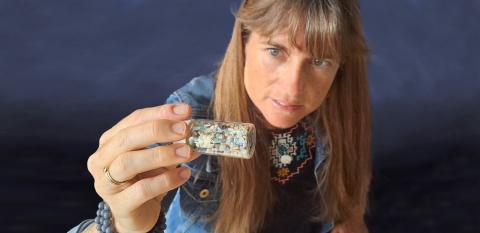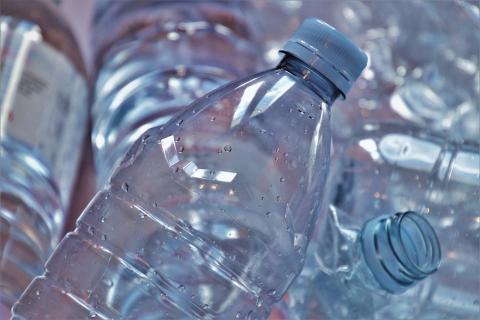Reaction: plastic waste in rivers can act as reservoir of antibiotic resistance genes
Plastic debris in rivers harbours specific types of bacteria that are potentially pathogenic and may act as reservoirs of antibiotic-resistance genes, according to a study published in Microbiome, which analysed samples collected from the River Sowe in the UK. This mixture of bacteria is different from that found in surrounding water, but similar to that found on wooden surfaces. The team, which includes a Spanish author, highlights the presence of Pseudomonas aeruginosa, Acinetobacter and Aeromonas bacteria.

Sergio Martínez - plastiesfera EN
Sergio Martínez-Campos Gutiérrez
Post-doctoral researcher
A team of researchers from the universities of Antofagasta (Chile), Warwick (UK), [Halifax (Canada), and the Balearic Islands] has published a study in the journal Microbiome describing the health risk posed by the plastisphere (an ecosystem developed on plastics discarded into the environment as waste) in fluvial environments, serving as a potential vector of pathogenic microbial species or as reservoirs for antibiotic resistance genes.
To assess this process, virgin and artificially-aged LDPE [low-density polyethylene] was incubated for six months in two different experiments. The first was conducted in the river [Sowe in] Stoneleigh (UK) for seven days in which the associated microbial communities were analysed using metagenomics and the abundance of associated antibiotic resistance genes. The second was conducted in microcosms and also involved the use of polypropylene and increasing concentrations of antibiotics for quantification of antibiotic resistance genes by HT-qPCR, a technique that allows quantification of the presence of genes.
The study of colonisation in mesoplastics is of great interest, as most cases focus on microplastics, neglecting the risk posed by larger plastics, which are usually much more representative due to their greater abundance. In addition, the methodology of this study is remarkable, combining in situ and ex situ study methodologies. In the former, we consider the real variables that exist, while in the latter you can modify them (in this case, by adding antibiotics) so that you can reflect what would happen if there were significant changes in the antibiotic concentration of the medium.
The results obtained corroborated previous studies, confirming changes in diversity among the microbial community associated with plastics in contrast to the organisms in the surrounding water, although the biofilm developed did not show significant changes between plastics and wood. The metagenomics study also showed the presence of potentially pathogenic genera such as Acinetobacter or Aeromonas, as well as the detection of a large variety of antibiotic-resistance genes. Subsequently, the ex situ experiment was implemented by incorporating clinically-relevant antibiotics, found in similar previous concentrations in wastewater, and up to 48 antibiotic-resistance genes were quantified. The results showed the predominant abundance of certain genes in plastics such as those associated with sulphamide (sul1) or fluoroquinilones (such as qepA). In contrast, others, such as those associated with tetracyclines, showed negative correlations in plastics, instead of being enriched as initially expected.
The relevance of these studies demonstrates how anthropogenic pressure from other factors, such as the abundance of different antibiotics, can result in a modulating factor of the plastisphere that can generate significant and unknown repercussions on public health in the short term - which we still do not know today.
Vinko Zadjelovic et al.
- Research article
- Peer reviewed



